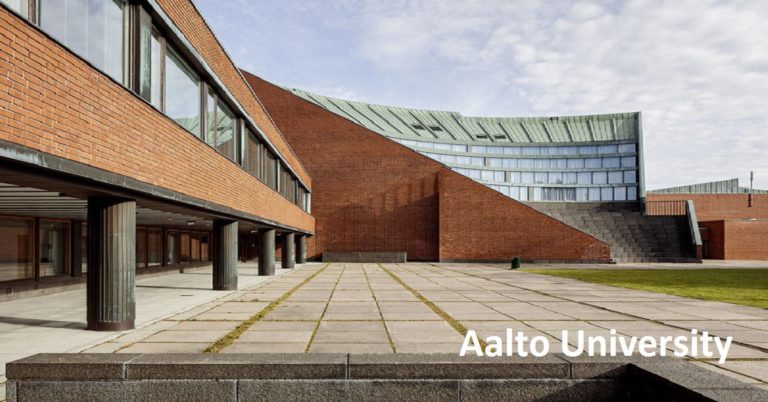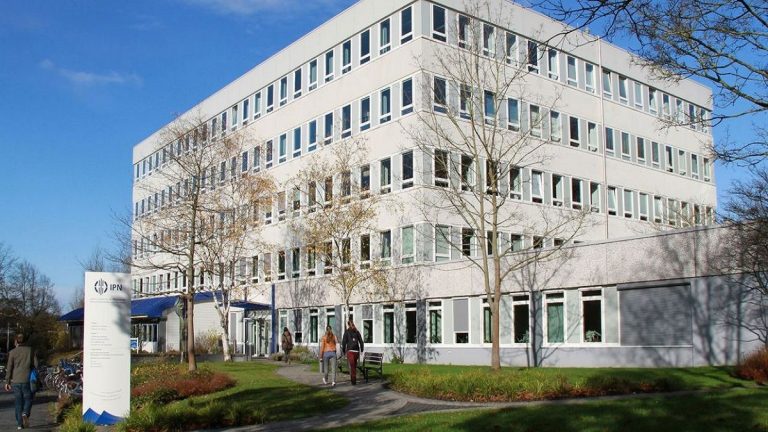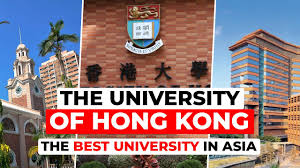
The development of new materials for high temperature applications in extreme environment has always been an important and challenging topic. For example, the receivers of future new concentrated solar power plants must withstand the power density of several megawatt per square meter. Solar receivers, among others have a crucial demand on advanced materials with an outstanding corrosion resistance and high temperature robustness in order to achieve a required energy conversion efficiency.
Two candidate material concepts will be investigated within the frame of this work: the innovative MAX phase materials and the so-called SMART alloys featuring the remarkable oxidation suppression.
MAX phases are a new family of materials with high a potential for energy applications due to their good oxidation and corrosion resistance. In particular, aluminum-based MAX phases exhibit an excellent oxidation resistance under aggressive environments up to 1673 K due to the in situ formation of an external protective α-Al2O3 layer. Among the different phases, titanium-based Ti2AlC is the most studied composition attracting high attention from industry. Cr2AlC is the other MAX phase composition possesses an excellent oxidation response at temperatures between 1273 and 1573 K.
Smart alloys were initially developed for the future fusion power plant. Tungsten is the base material for these alloy systems. Tungsten itself is a remarkable material possessing the highest melting point among all metals. At the same time, tungsten is prone to rapid oxidation and sublimation, which significantly decrease its current application. The alloying elements in SMART tungsten-based alloys effectively protect tungsten from oxidation by creating the thin layer, shielding the tungsten from air exposure. Developed SMART alloys show oxidation resistance up to 1273 K by formation of a protective chromium oxide layer. Recent work has demonstrated that the concept can be successfully transferred to aluminum-containing tungsten alloys. Systematic studies of thin films deposited using magnetron sputtering, showed that tungsten with 12 weight % aluminum develops a closed, protective Al2O3 layer on the surface at 1273 K. The formation of this protective layer is the prerequisite for an excellent oxidation resistance.
The master thesis project will address the important question of the feasibility of application of SMART alloys and MAX-Phase materials in the realistic environment of the future power plants. Presently, the number of studies devoted to oxidation resistance under realistic environment is rather limited for both MAX phases and tungsten-aluminum alloys. The presence of water vapor at high temperature seems to influence the oxide scale formation and growth kinetics. In the frame of the project, perspective MAX and SMART systems will be created using the multi-magnetron deposition device and studied in among other, in humid environment using the state-of-the-art thermogravimetric facility at FZJ. The project gives a unique opportunity to study the effect of water vapor on the oxidation response of Ti2AlC, Cr2AlC, and new tungsten-aluminum SMART alloys at high temperatures.
Contact Person:
Prof. Dr. Andrey Litnovsky
Forschungszentrum Jülich GmbH
Institut für Energie- und Klimaforschung
IEK-4: Plasmaphysik
52425 Jülich
Email: a.litnovsky@fz-juelich.de
Telefon: +49-2461 61 5142






